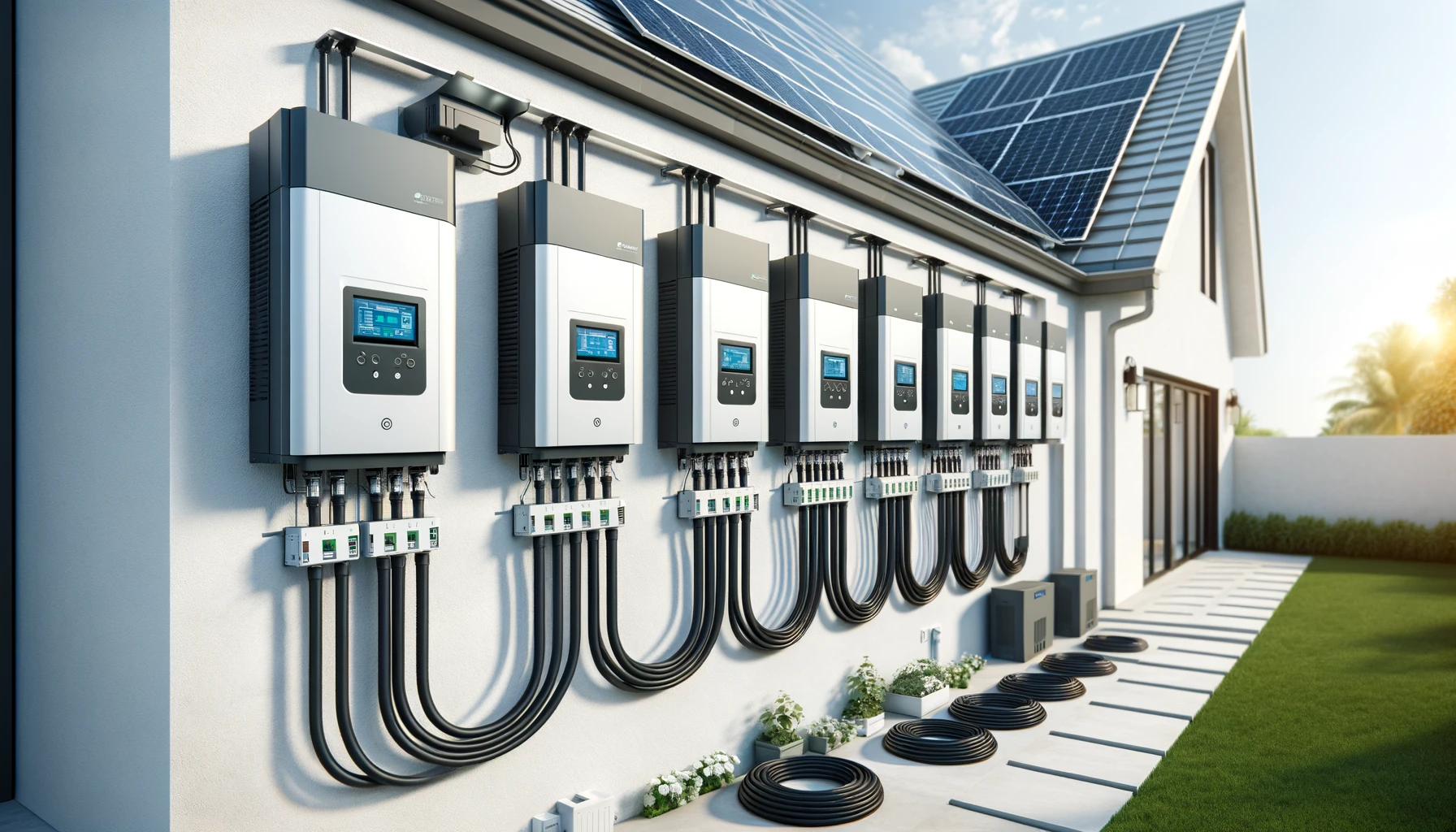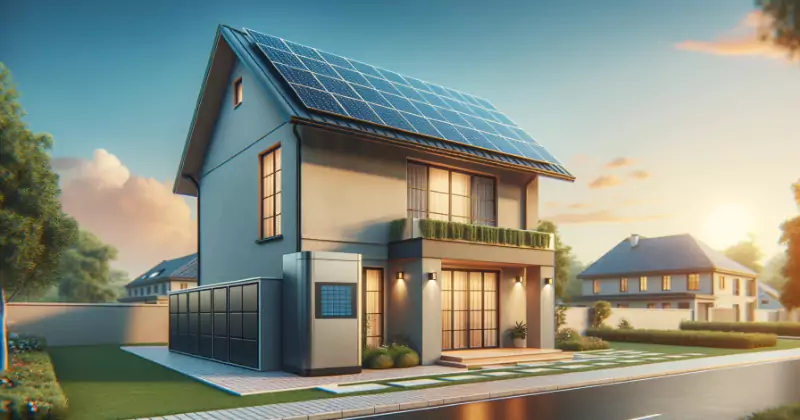If you have Solar Quotes from a couple of different solar panel installers, you may see that each of them is offering their own recommended brand of solar inverter. So how do you decide which one is the best?
When most people think of solar power, they think of solar panels, after all its the panels that are most visible on rooftops. For every solar panel you see in operation tucked away out of sight is the power inverter.
To get the best performance from any solar power system, all the links in the chain must be reliable. The worlds best solar panels will not give you all they can if the inverter is not performing efficiently. Every volt of electricity the panels produce will pass through the inverter; safety is also a factor with a critical shutdown mechanism (called Anti Islanding Protection).
Solar power inverter brands
There are many brands of solar inverters available on the Australian solar market. To most Australians, these brand names mean nothing and its impossible to know good from bad without industry knowledge.
An excellent info-graphic published on the SolarQuotes.com.au website titled 'If Solar Inverters were Cars' explains inverter quality in a way most of us can understand, it goes a little like this:
| Inverter Brand | Car Brand | Points |
|---|---|---|
| SMA | Mercedes-Benz |
|
| Fronius | BMW |
|
| ABB | Ford |
|
| Delta | Volvo |
|
| Enphase | Smart |
|
| Sungrow | Hyundai |
|
| Zeversolar | Skoda |
|
| Growatt | Proton |
|
Types of solar inverters
There are two main types of power inverter types, the transformer type and the transformerless type each with its strengths and weaknesses.
The type of inverter will be listed on the units specification sheet, your solar retailer or installer should be able to supply this information if not then its probably easy to look up on the web as most inverter manufacturers publish product specs on their website.
Transformer type solar inverters
At least a third of solar inverters solar in Australia are of the transformer type. The transformer raises the voltage of the electricity from the solar panels to sync with grid or household mains AC power @ 240V.
Transformers are easy to manufacture and are quite heavy, so transformer type inverters are usually bulky. They are less efficient at converting energy than transformerless inverters and can produce some noise and heat.
Transformerless solar inverters
Transformerless solar inverters are used more modern and newer technology than their transformer type cousins, this type of inverter has been on the Australian solar market since around 2006 and have taken over as the standard type.
Not having a transformer makes these inverters lighter and more efficient, reaction times to fluctuations in power are faster, and overall they are a more sophisticated device. In the future, it is likely that all inverters including grid connect inverters will be transformerless.
Spotting a good solar inverter
Does it comply with Australian standards?
Before you consider buying an inverter, check and make sure it complies with the Australian standard (AS4777). The Clean Energy Council maintains a list of all inverters solar in Australia here - www.solaraccreditation.com.au/inverters if you can't find an inverter on the Clean Energy Council's list then don't buy it. That said its always a good idea to stick with the well known and trusted long-standing brands.
How much do solar inverters cost?
If you are buying a solar system package, the included inverter usually takes up around 20% of the total system cost. The current wholesale inverter price per watt is around 30c making a 3kW inverter cost $900, and a high-quality 10kW unit like SMA cost $3,000. The technology going into these products is evolving fast as the market continues to grow, what is high tech today can easily be old hat in just a couple of years. Today's 'new model' will be much cheaper to buy in the future when its superseded and no longer the latest thing.
What size solar inverter?
The minimum power handling capacity of an inverter should be the maximum that the solar panels can output. Basically, for a 5kW system you would use a 5kW inverter. However, there is a bit more to it as some variables need to be considered.
A couple of good inverter technical articles that explain this in more detail can be found below:
Why Your 5kW Solar System Output Is Lower Than You Expected
Solar Inverter Sizing: Don’t violate the new CEC guidelines!
Inverters are rated by DC and AC output so make sure the inverter is calculated to match the production of the solar panels.
Solar inverter warranty
Based on current inverter technology a good unit should have a working life of 10 to 20 years depending on operating conditions. Most grid-connect inverters have a warranty of 5 to 10 years. Naturally the more extended the warranty, the better.
System expansion options
You may at some point in the future want to upgrade and expand your home solar power system. The best solution then would be to consider using an MPPT (Maximum Power Point Tracking) inverter. These type of inverters have multiple MPPT trackers enabling easy system expansion as solar panels of different orientations and type can be added to the array.
Its likely (however still a long way off) that in the future solar panels and inverters will become one unit and any size or type of panel will be able to operate in one array.
Real-time inverter information
All inverters will have an operating on/off indicator light. An LCD display may also be used to show information such as:
- Daily kWh output
- Total unit kWh output
- Current kW production
- Hours in operation
Some units have Ethernet and 802.11 LAN/WAN wireless capabilities allowing remote monitoring through a web browser or smartphone app or an in-home wall mounted screen
Grid connect inverter efficiency
The measure of a grid-connect solar inverters efficiency is how well it can convert electricity from the solar panels into power for your home or to feed the grid. Most transformer type grid-connect inverters run at 93% efficiency or higher, transformerless are 95% or above. If two inverters are installed in tandem, their efficiency needs to match.
Bad solar inverters
Unfortunately, some bad inverters are floating around with some shocking stories to match. There is an extensive library of Solar Inverter Reviews posted on SolarQuotes.com.au, the reviews are written by people that have had inverters installed for at least 12 months.




